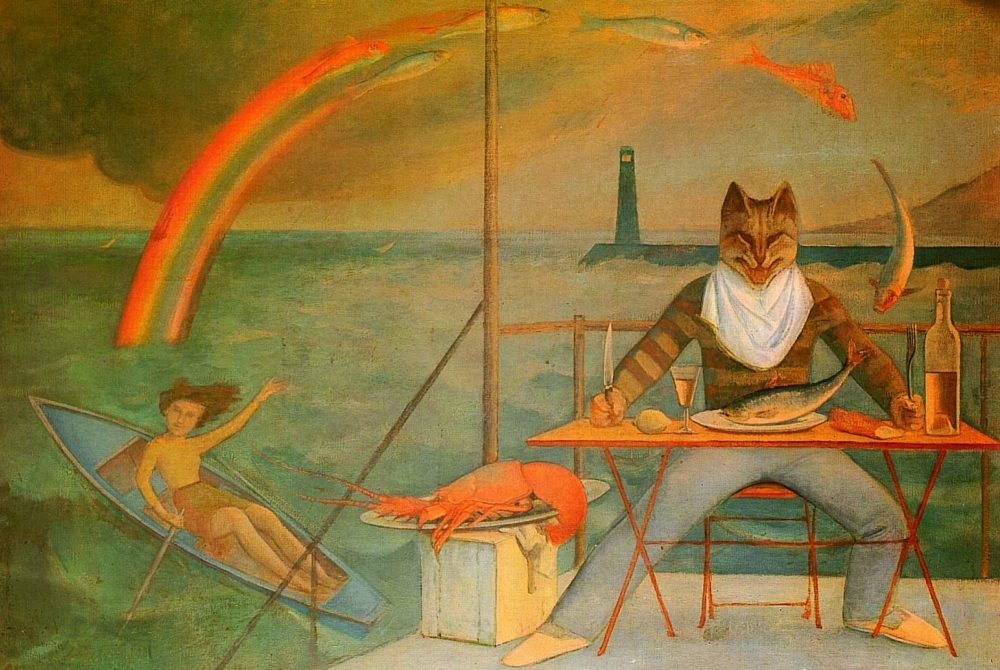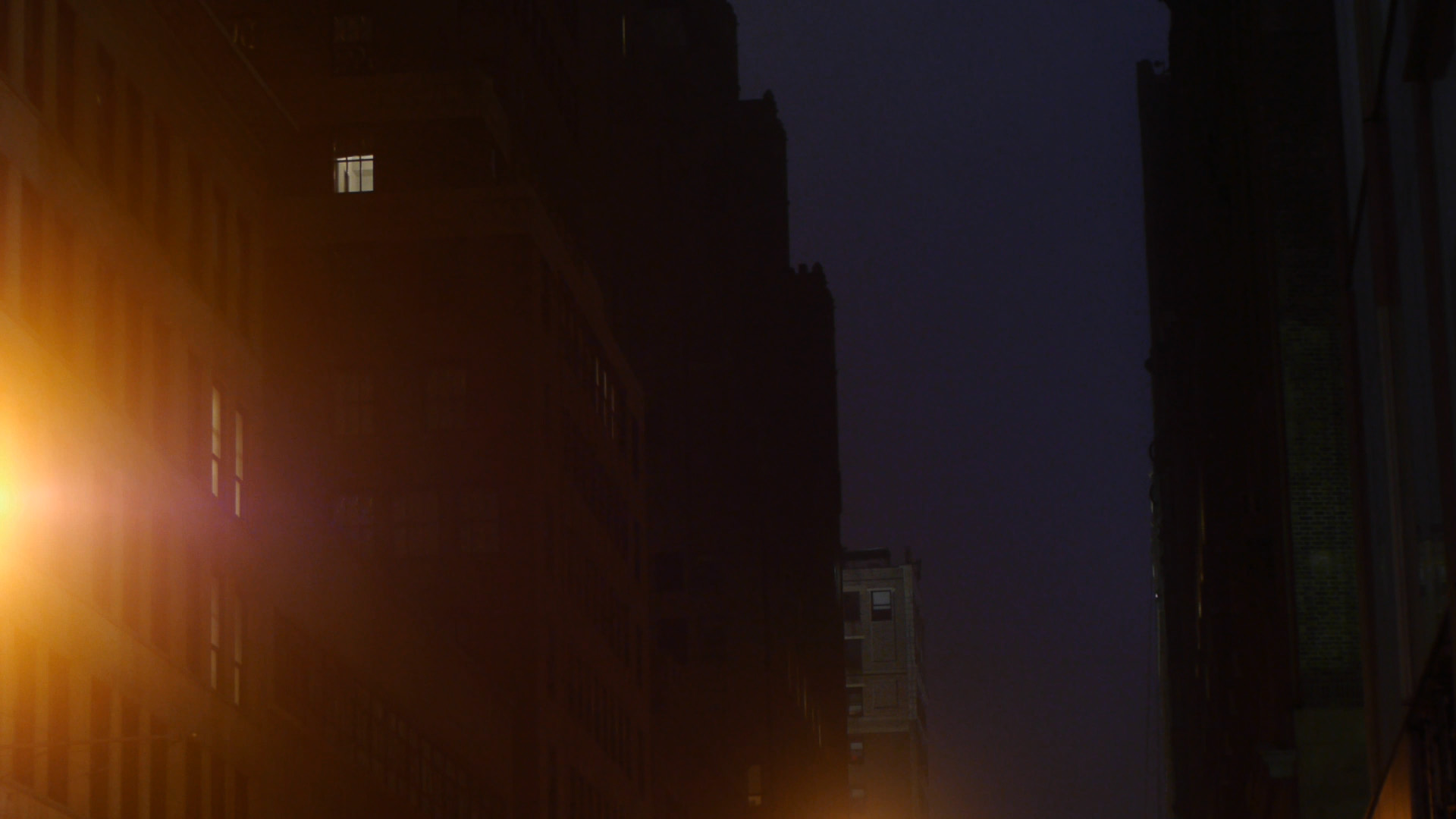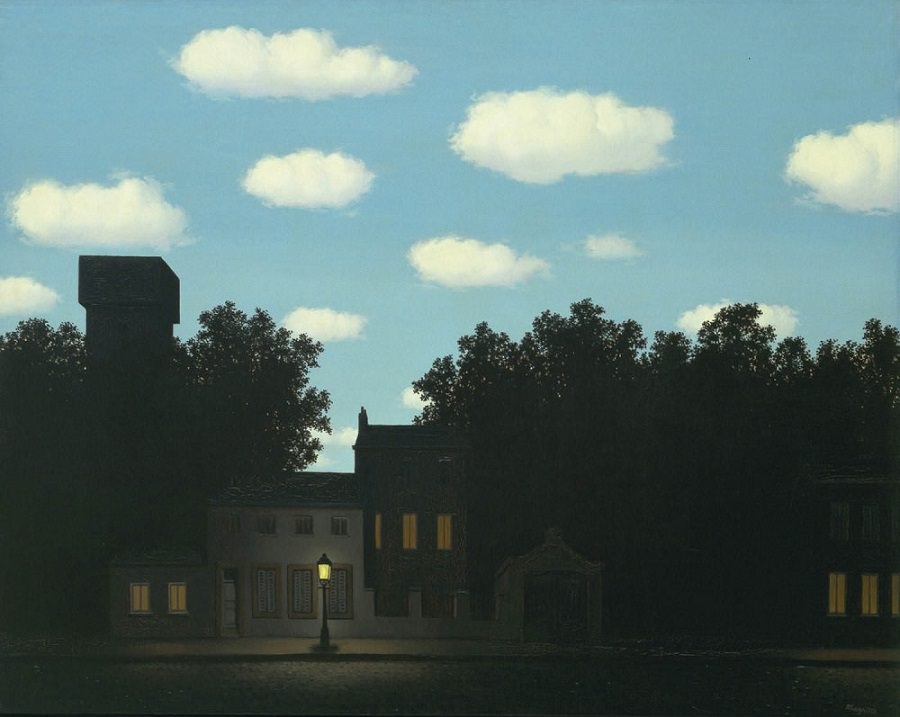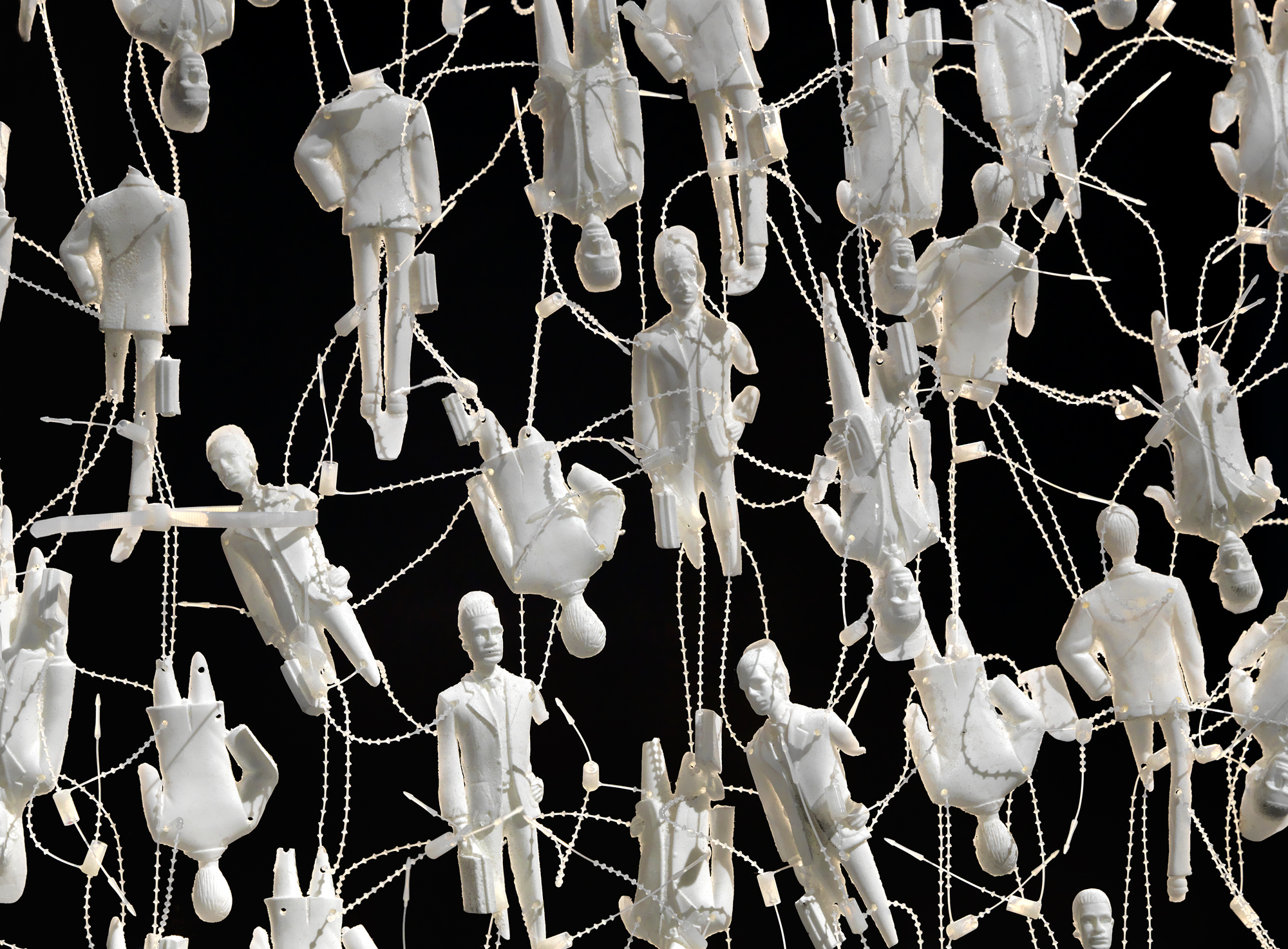Over a trillion exoplanets likely orbit distant stars in our humble galaxy. Astronomers suspect one,Karen Foster Archives 855 light-years away, harbors metallic clouds and raining gems.
This peculiar world, WASP-121 b is known as a "hot Jupiter," because it's a gaseous giant that orbits close to its searing star. Crucially, the planet is tidally locked to its star — like the moon is locked to Earth — meaning that one side of WASP-121 b is incessantly seared by its sun, while the other is dark and cooler.
In new research published by the journal Nature Astronomy, scientists demonstrate that airborne metals and gems exist on the planet's cooler side. (The intensely hot, 3,000 degree-Celsius, or over 5,400-degree Fahrenheit, dayside evaporates such clouds.) Using unique observations from the Hubble Space Telescope, astronomers measured the temperature of the nightside atmosphere and showed that it was cool enough for various metals to condense, Thomas Mikal-Evans, an astronomer at the Max Planck Institute for Astronomy and a lead author of the research, told Mashable. The detected metals on WASP-121 b include magnesium, iron, vanadium, chromium, and nickel.
It's currently rare, and challenging, for astronomers to probe the atmospheres of distant exoplanets. In this case, the team used a clever observational method to glimpse the make-up of WASP-121 b's upper atmosphere. Hubble watched the planet orbit its star, and was able to analyze the sunlight that passed through the atmosphere, which ultimately reveals some of the chemicals present.
Even on the "cool" side, temperatures hover at 1,500 degrees Celsius, or some 2,700 degrees Fahrenheit. That's much too hot for water clouds, like Earth's. But metals in a gaseous state will condense in such environments. What might such unusual clouds look like?
"I don't think we can say what they'd look like for sure, because cloud formation is complicated and we don't have clouds like these to observe up close in our own solar system," Mikal-Evans said over email.
"I don't know what the clouds would look like for sure, but it's fun to speculate."
But he suspects the metallic clouds could potentially resemble dust storms that form on Earth, as seen in this YouTube video. As for the clouds' color, it's also speculation. But why not speculate? The researchers suspect WASP-121 b contains aluminum, which condenses into the mineral corundum. Ruby and sapphire are made of corundum, along with other trace chemicals (also likely on WASP-121 b) that provide these gems their rich colors. Fine droplets of ruby and sapphire may form clouds. "So perhaps some of the clouds would have red and blue coloration," Mikal-Evans mused.
Other clouds might be beige. Others grey or green. "As I said, I don't know what the clouds would look like for sure, but it's fun to speculate," Mikal Evans said.
 An artist's conception of the exoplanet WASP-121 b, which orbits close to its sun. Credit: Patricia Klein / MPIA
An artist's conception of the exoplanet WASP-121 b, which orbits close to its sun. Credit: Patricia Klein / MPIA Like on Earth, when conditions are right, metallic droplets in the clouds will condense enough to rain, in spectacular form.
"Liquid gems could therefore be raining on the nightside hemisphere of WASP-121 b," the Max Planck Institute for Astronomy noted in a press release.
SEE ALSO: Many of the Webb telescope’s greatest discoveries won't come from any amazing picturesIs the mysterious 'space diamond' for real? An investigation.
Scientists detect something really unexpected beneath Saturn's 'Death Star' moon
The mega-comet hurtling through our solar system is 85, yes 85, miles wide
Exoplanet research, already fascinating, is about to be revolutionized.
The James Webb Space Telescope — the most powerful space telescope ever built — successfully launched into space and arrived at its home, nearly 1 million miles from Earth. Its science mission will begin this summer, and considerable time (one-quarter of its first year) will be spent observing the atmospheres of exoplanets. We'll learn unprecedented things. The Webb telescope can see more light than Hubble, and detect molecules that Hubble can't see.
Crucially, Webb will peer at smaller planets, like rocky planets around twice the size of Earth, and see if they contain the ingredients for life (as we know it). This includes water, carbon dioxide, and methane.
"We're going to be able to tell what [the planets] are made of," Mercedes López-Morales, an exoplanet researcher and astrophysicist at Center for Astrophysics-Harvard & Smithsonian, told Mashable.
Stay tuned. We already know the galaxy contains wild exoplanets almost certainly hosting otherworldly clouds. What else will we find in distant solar systems?
 Samsung Unpacked stream is set for May 12, 2025
Samsung Unpacked stream is set for May 12, 2025
 Tuli Kupferberg’s Yeah!: The Tiny Magazine That Captured the 1960s by Alex Zafiris
Tuli Kupferberg’s Yeah!: The Tiny Magazine That Captured the 1960s by Alex Zafiris
 What Do We Do with the Art of Monstrous Men?
What Do We Do with the Art of Monstrous Men?
 Rilke’s ‘Letters to a Young Painter’
Rilke’s ‘Letters to a Young Painter’
 Best robot vacuum deal: Get the Shark Matrix Plus 2
Best robot vacuum deal: Get the Shark Matrix Plus 2
 The Wholesome Yet Filthy Comedy of Katya and Trixie
The Wholesome Yet Filthy Comedy of Katya and Trixie
 Book Ideas from the Bottom of the Barrel
Book Ideas from the Bottom of the Barrel
 A Very Particular Bird
A Very Particular Bird
 Staff Picks: Interwar, War, and Postwar
Staff Picks: Interwar, War, and Postwar
 Watch how an old Venus spacecraft tumbled before crashing to Earth
Watch how an old Venus spacecraft tumbled before crashing to Earth
 Eureka Moment: Ernest Hemingway, Sam Lipsyte, James Wright by The Paris Review
Eureka Moment: Ernest Hemingway, Sam Lipsyte, James Wright by The Paris Review
 Wants to Forget by László Krasznahorkai
Wants to Forget by László Krasznahorkai
 Playing for Ralph Ellison's Little Man at Chehaw Station
Playing for Ralph Ellison's Little Man at Chehaw Station
 White Man on a Pedestal
White Man on a Pedestal
 The Wholesome Yet Filthy Comedy of Katya and Trixie
The Wholesome Yet Filthy Comedy of Katya and Trixie
 Why an Unemployed Actor Flew Across the Country to Stalk Salinger
Why an Unemployed Actor Flew Across the Country to Stalk Salinger
 A Study of Kanai Mieko
A Study of Kanai Mieko
Elon Musk makes request to Reddit CEO to take down posts he didn't likeWordle today: The answer and hints for March 28, 202525+ headphone and speaker deals: Bose QC Ultra and more on sale during final day of Big Spring SaleAmazon Big Spring Sale 2025: Best Levoit cordless vacuum dealBest Smart Lamp Amazon Spring Sale Deal: $50 for the eufy E10 RGBWWBig Spring Sale Audible deal: 3 months for $0.99/monthBissell Little Green deal: Save $50 during Target Circle WeekAmazon Big Spring Sale Levoit vacuum deal: Save $100Wordle today: The answer and hints for March 27, 2025Amazon Spring Sale 2025: Best selfAmazon Grubhub+ deal: Save $5 off two $20 or more ordersHow to cancel your Kindle Unlimited subscriptionAmazon Big Spring Sale 2025: Best Fire TV Cube dealNYT Connections Sports Edition hints and answers for March 27: Tips to solve Connections #185The Kindle Scribe just dropped to its lowest price ever, but is it worth it?Target Circle Week 2025: Shop deals on Peacock, Beats, Lego, and moreAmazon Big Spring Sale 2025: Shop the best home dealsAmazon Spring Sale 2025: Best power bank dealOver 25 beauty deals under $25 to shop during Amazon's Big Spring SaleBest Fire TV Spring Sale deal: Save $150 on the Insignia 70 Lazy little bird hitches a ride on uninterested cat You can pre Oculus Rift promised us the future of VR. Here's what really happened. Podcasts join the Netflix Brands are creating Snapchat 'Shows' with dreams of getting on Discover Club Penguin has closed its doors forever and people got emotional AF Queen sends card to Britain's oldest man, he DGAF SpaceX's launch today could revolutionize the industry: Watch it live Here's what the Samsung Galaxy S8 will cost you in Australia New 'Dunkirk' footage is a heart Buzzfeed got listicle Three tornado chasers were killed Tuesday night, raising new safety questions Tribeca Film Fest off Kid won't take no for an answer: Builds a Nintendo Switch out of cardboard Here’s how much the Galaxy S8 and S8+ will cost you Ridiculously strong coffee is here to keep Americans wide awake Google Translate app is now available in China Art supply sales are up, because protest signs don't make themselves Blac Chyna is dragging Tyga on Snapchat. A tale as old as time! This bathroom sign doesn't care about gender, as long as you wash your hands
2.1246s , 10133.5 kb
Copyright © 2025 Powered by 【Karen Foster Archives】,Miracle Information Network